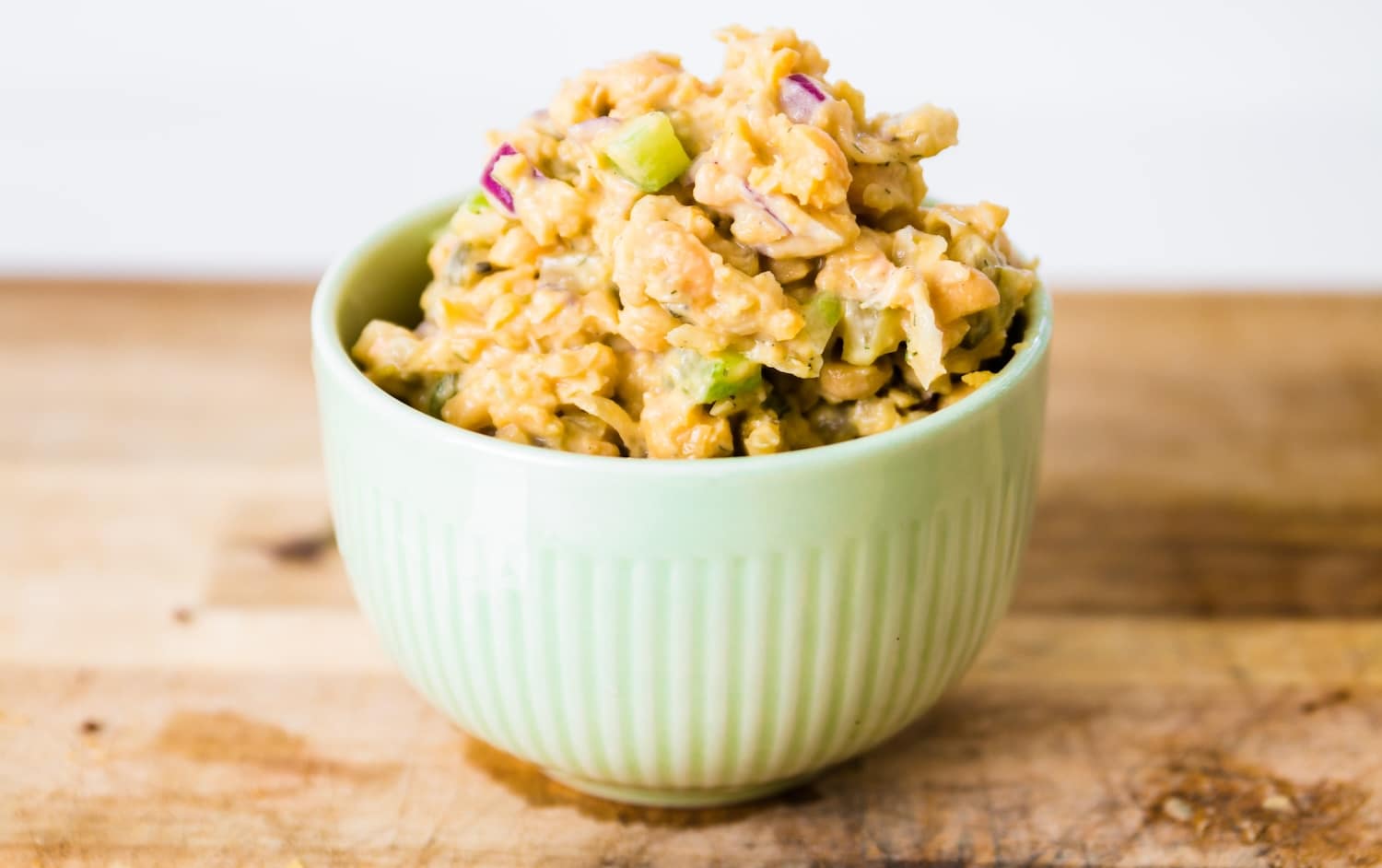Belly fat, scientifically known as visceral fat, has been linked to increased inflammation and problems like Type 2 diabetes. Recent research, published in the Journal of the American Heart Association, shows having excess belly fat is correlated with an elevated risk of heart disease. What’s more, it may be especially dangerous for women.
Here’s what you need to know about the importance of the waist-to-hip ratio:
WHY WAIST-TO-HIP RATIO MATTERS
Researchers followed more than 500,000 participants between the ages of 40–69 and found the incidence of heart attack was associated with body mass index (BMI), waist circumference, waist-to-hip ratio and waist-to-height ratios.
The greater the waist-to-hip ratio (calculated as waist circumference divided by hip circumference), the higher the heart attack risk in women. In women, each 0.09 increase in the calculation was associated with a 50% increase in heart attack risk; the risk rose 36% in men with the same increase in waist-to-hip ratio. For men, a waist circumference over 40 inches poses the greatest risk, compared to 35 inches for women.
“Our findings show looking at how fat tissue is distributed in the body — especially in women — can give us more insight into the risk of heart attack than measures of general obesity,” says Sanne Peters, PhD, research fellow at University of Oxford.
WHY BELLY FAT IS THE MOST DANGEROUS
Obesity is a risk factor for heart disease but even those who maintain a BMI in the normal range are at risk if they have excess visceral fat, according to Dr. Erin Michos, associate director of preventive cardiology at Johns Hopkins University School of Medicine.
Michos explains that fat in the abdominal cavity is associated with increased risk of high blood sugar, inflammation, elevated triglycerides and lower levels of HDL “good” cholesterol, making it more dangerous than fat stored elsewhere in the body. Thus, “in two people with the same BMI, the person who has more of an apple shape and stores fat in their abdomen is at higher risk of heart disease than the one who stores their fat elsewhere,” says Michos.
What’s more, research published in the Journal of the American College of Cardiology looked at CT scans of abdominal fat and found each additional pound of fat gained during the 6-year study was linked to new diagnoses of high blood pressure, high cholesterol and heart disease risk.
THE BOTTOM LINE
Losing weight can help reduce the likelihood of developing heart disease and improve blood glucose, blood pressure and cholesterol. Michos advocates a combination of healthy eating and exercise to help banish belly fat and improve overall health. Luckily, visceral fat is the easiest to lose and a simple walking routine can help blast belly fat. “If you can lose some inches around your waist, even if the number on the scale doesn’t change much, you are still benefiting your heart,” says Michos.





15 Responses
How do you specifically target belly fat?
You don’t target belly fat. You target fat in general by doing an exercise like walking for more than 30 minutes a day. The fat will tend to come off your belly first. I found that intermittent fasting combined with exercise worked the best for me.
Actually recent scientific study did show it is possible to target specific body areas. The study boiled down to aerobic training after resistance training with the caveat that the aerobic aspect not be overwhelmingly difficult to interfere with muscle recovery.
Scotto di Palumbo, A., et al., Effect of combined resistance and endurance exercise training on regional fat loss. J Sports Med Phys Fitness, 2017. 57(6): p. 794-801
Interesting. Thanks for sharing this link.
do you mind elaborating on ‘intermittent’ fasting? I’ve given this some thought but haven’t developed a plan yet.
There is a lot of information on the web. I would start by googling “what is Intermittent Fasting”.
Basically it’s timed eating, the most common and IMO the easiest is the 16:8. You fast for 16hrs, no eating and can only consume water, green tea and black coffee during this time. The other remaining 8hrs you can eat, but I would highly recommend watching what you consume, make healthy food choices.
Hope this helps.
I am genetically cursed as the daughter of a classic apple-shaped mother. She could have been the poster child for metabolic syndrome. And so, even though I am a size 10, I need to lose 5 inches from my waist. I’ve been on blood pressure meds since my late 30s, cholesterol meds since my early 40s, and now I have prediabetes, in spite of many years of healthy dieting and exercise, both cardio and strength training. I figure I would have to lose 55 lbs. to get my waist measurement where it needs to be, except then I would be underweight with a BMI of 18, and short of limiting my calories to 700 per day for the rest of my life, there is no way I could maintain that weight. My situation is extremely discouraging – I feel doomed. What’s the point of even trying?
Hi Colleen – I feel your pain. I was gestationally diabetic as an older mom and gained a ton of belly fat after that – it really changed my metabolism. And I feel your hopelessness – I’ve tried EVERYTHING. And I’m post -menopausal which just felt like a death sentence. BUT – I wrote above about my success so far with more of an EQUATION rather than a diet that is finally working for me. I’ve lost 10 lbs in 10 weeks and it seems every week, I’m one lb lower! I’m doing the Keto diet (don’t just start – learn about it and consider talking to a good nutritionist that is familiar with it) plus doing intermittent fasting (I don’t eat between 7pm and 11am), working out for 1+ hours four times a week and I make sure to get enough sleep. I am NOT a professional or an expert! But finally I realized it’s not about a diet but an equation of things that must come together to make this work…by the way, you will have 4 or so bad days on Keto, but after that I honestly don’t even crave things other than more vegetables! So that’s something to look forward to if you try it. But don’t take it lightly…once you commit, commit for the long haul! I”m on this until August! Not one cheat till then! YOU ARE NOT DOOMED! 🙂 MY EQUATION: Keto + Intermittent Fasting + workout 1 Hr/4x week + 8 hours of sleep.
Karen, thanks for much for the encouragement and for sharing your success story. I throw myself a little pity party now-and-then as my bad heredity seems to make things so much more difficult (added autoimmune hypothyroidism to the mix a few years ago as well.) I need to be grateful that now, at 63, I can still hike up and down hills for hours, enjoy all day kayaking, and run and climb all the playground equipment (making a fool of myself, but I don’t care) with my grandkids, and pretty much anything else I want to do. Plus people are always telling me I don’t look anywhere near my age. Been hearing so much about keto, and am considering giving it a trial. As a former vegetarian who raised 3 healthy, strong, athletic kids on a high carb meatless diet, I have a hard time wrapping my head around the idea that high fiber nutrient dense foods like oatmeal, lentils, and bananas are the dietary ‘bad guys.’ But its hard to argue with success. I like exercise, not so much because it helps me lose weight (it never has,) but because I feel SO much better and more energized. I’m very familiar with intermittent fasting and think it’s great. The carbs are my nemesis – seems like life might not be worth living without ice cream and pasta – lol – but then, life would definitely not be very worthwhile if I ended up spending 20 years as a disabled stroke victim, like my mother. Wishing you all the best with your winning formula – as an “older mom,” you definitely want to be in great shape if there are grandchildren in your future! Thanks again –
I totally get it and honestly, I could NOT wrap my head around all of this fat at first! I had been vegetarian or vegan throughout most of my younger life, and the only way to achieve this Keto diet is to seriously eat either a lot of cheese and/or meat…so perhaps not for you?? But I will say, carbs were also my delight and my downfall – no lets be honest – my addiction. and now, I really don’t crave them at all and I can be around my family having fries, and treats and be fine. I feel like it’s gotten me back in balance – but I was addicted. You sound super fit so unless your doctor and bloodwork says otherwise, you are probably totally good to go – enjoy that ice cream and live your life!!! But my blood work has been heading south so this has been worth it! 🙂
I may be in better shape than a lot of people my age, but I’m still pre-diabetic at this point and a total carb addict. I joke that I need an inpatient sugar rehab, Do you think you’ll ever be able to go back to eating carbs, but in moderation, or is abstinence the only way?
Actually no…never. I actually have gone entirely off sugar twice before and once I did, I lost weight and was able to ignore sugar…but once I ate it again, it was like the drug…but it’s just me. So I’ll hopefully live like this the rest of my life. BUT I would say I will reduce my fat intake (it’s so high right now!) and will live low carb, just not super low carb like now. But I think I’ll be able to have a small serving of pasta or a small serving of a dessert and some fruit. But I think I’ll be super stingy on proportions. Now that I’m off, it’s totally fine – I don’t miss them and I don’t crave them – Okay I do crave fruit occasionally, but I find that it’s most often when I”m thirsty. Honestly that first week or even two are so hard and you just have to hunker down, get through it and then work hard to get off that first five lbs! After that, I felt so motivated! Just lost that first 10 lbs, now wrapping my mind around the next 5. Working mentally on 5 lb increments…Good Luck! I believe that if you have that physical stamina and ability, you definitely have the mental discipline to do it and you owe it to yourself! The Keto diet has never left me hungry, so that’s good.
For menopausal and post-menopausal women this can be particularly difficult. I have tried EVERYTHING over the years. Going vegan (and of course watching my portions, etc) I gained 8 lbs, Walking 30 minutes a day doesn’t touch it. However I personally finally found an equation that is working – Keto diet with 20 carbs a day, 1089 calories a day (prescribed by my nutritionist and I”m very small), workout for 1+ hours 4 times a week, intermittent fasting (I stop eating by 7pm and I don’t eat again until 11am) and good sleep (8 hours). Without every one of these working, I do not lose weight. I track every bite of food I eat. And FINALLY have started to lose weight. I wish doctors and nutritionists would start to pay attention to this – I was an athlete and am disciplined about eating and exercise – and most doctors just shake their heads at you saying you probably are not realizing how much you are eating. It used to be SO easy to lose weight and it’s impossible now and that belly fat is the hardest. IF you consider Keto – first learn about it – it’s a commitment for the long haul and you do not get ANY CHEAT DAYS like other diets allow. You are on it until you reach your goal and then I think after that I will always be on a modified, low-carb diet – like someone with type 2 diabetes, even though I don’t have it. I am often frustrated by the seemingly simple advice of “just eat a healthy diet and be sure to exercise, limit snacks.” That simply does not do it for many people and it leads to such frustration and honestly hopelessness that you can ever bust weight. I don’t think it’s that simple for many people…But for me the Keto approach has been very effective and my blood pressure has lowered and am hoping all the other blood work comes in looking good too…
Thanks for this I’ve been thinking of keto or low carb and IF. I’m in the menopausal camp so yeah it’s tough. I’ve been reading a lot about each. I just want to make sure I can just do this with Whole Foods and not wacky substitutions. But I’m still learning quite a bit.
Let’s get something straight. There’s no way you can target certain areas of fat, it’ll all reduce everywhere slowly. Sonic you’re targeting belly fat and it’s not going don’t panic, it doesn’t work like that but keep up the exercise and it’ll all reduce